By Macarena Mantilla, Local Journalism Initiative Reporter, The Wren
The Stseptékwles re Sk’elép (Coyote Stories) Indigenous Film Festival returns to the Paramount Theatre Sept. 26 to 28, inviting the community to gather, spark conversation and celebrate Indigenous filmmakers and stories.
In collaboration with the Kamloops Film Society (KFS) and Tkʼemlúps te Secwépemc, the fourth edition of the festival will feature Canadian and international films.
”It is one thing to have the truth but you also need to have the reconciliation.”
Shay Paul, Festival Committee Member
This is the second year that the festival is taking place around Truth and Reconciliation Day, Sept. 30, with hopes to provide an “additional learning opportunity to the Kamloops community,” festival committee member Shay Paul tells The Wren.
“I think a festival that celebrates Indigenous creatives and Indigenous storytelling is a really good way to really focus on both of those points,” Paul says. “It is not just heavy historic documentaries or digging into some of those hard truths.”
”It is one thing to have the truth but you also need to have the reconciliation,” she adds.
With the shift to the last week in September, the festival committee hopes to spark the art of conversation to aid in the process of reconciliation.
“It’s a space for [Tkʼemlúps te Secwépemc] to bring up any films that they’re really excited about, or connect us with specific speakers or artists that they know of, that they think would be a good fit for the festival.”
Colette Abbott, Executive Director of the Kamloops Film Society (KFS)
“We didn’t want to have the festival on September 30 because we wanted to hold that day,” Colette Abbott, executive director of KFS explains. “But I think it’s really lovely to have it in the lead up to National Truth and Reconciliation day, because it gives the local community a space to learn, to engage, to participate.”
In the collaboration, Tkʼemlúps te Secwépemc has provided its vision to the festival and has helped the society promote it. Each year’s festival also has a representative or the Chief offer an opening prayer and welcome.
“It’s a space for [Tkʼemlúps te Secwépemc] to bring up any films that they’re really excited about, or connect us with specific speakers or artists that they know of, that they think would be a good fit for the festival,” Abbott says.
Creating a festival that represents the community
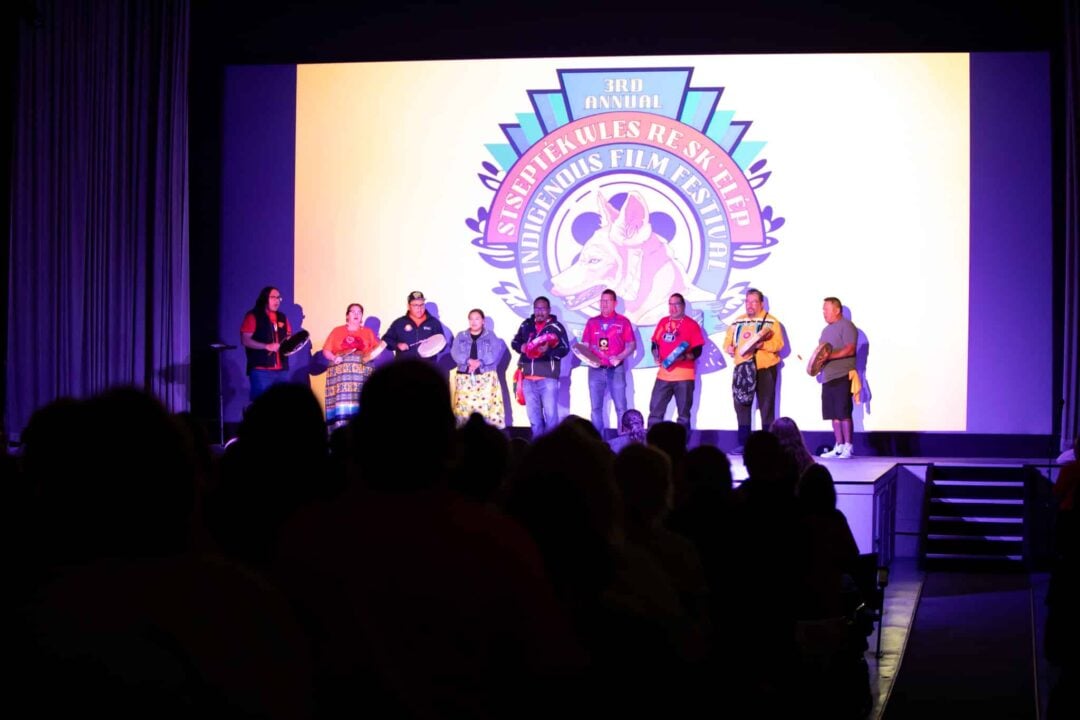
For festival producer Ana Monteiro, creating a committee that reflects the audience was key to elevating this year’s event.
The all-Indigenous committee, composed of Jason Mike Blair, Laura Michel, Shay Paul, Bobbi Sasakamoose and Joshua Gottfriedsen, made all decisions regarding the festival Monteiro shares.
“We want to make sure the festival itself is representing the community,” she adds. “We also try to make this year as engaging and as interesting as we can, and that ends up entitling a lot of small details.”
For Paul, who is also representing the Indigenous Resurgence Project – a grassroots, Indigenous-led arts organization to build connection, visibility and support for Indigenous artists – those small details include showcasing local talent.
“We want to also highlight and celebrate the resilience and the talent and the artistry of Indigenous voices.”
Colette Abbott, Executive Director of the Kamloops Film Society (KFS)
“I take a great interest in seeing Indigenous voices being portrayed and represented on the screen, and making sure that our local filmmakers or people from the region and the province are being represented on the big screen,” Paul says.
Every year, KFS tries to show and honour the past through the films that are chosen along with their programming.
“We want to also highlight and celebrate the resilience and the talent and the artistry of Indigenous voices,” Abbott says.
Feedback from previous years has been positive, especially from non-Indigenous attendees who have found a great opportunity to learn about Indigenous perspectives, Abbott recalls.
“I think film is a very powerful medium for telling stories when you’re talking about the past, especially with the Indian Residential School System and the experience of Indigenous peoples in Canada,” Abbott says.“I think film is actually a really powerful way of really getting those stories across, because the audience members can see the images, they can experience a visceral kind of feeling.”
Creating a shortlist
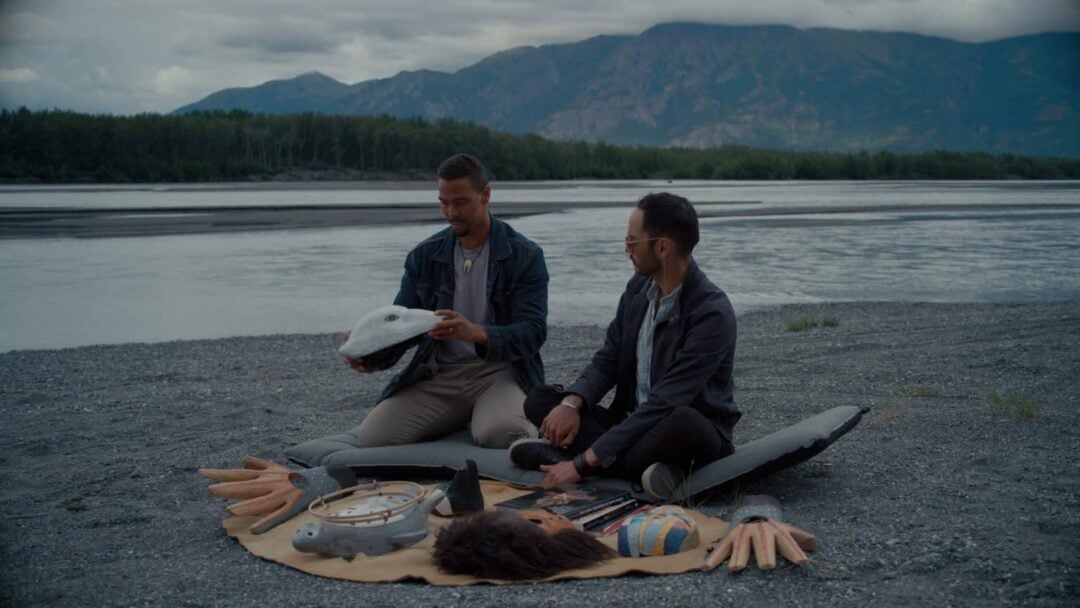
If local films are harder to find, the committee seeks out regional films, then Canada-wide and international films. Members also make sure there is a variety of genres to offer a movie for everyone.
This year there are a few genres, including drama, documentary, horror and rom-com.
The festival is set to have seven feature films, including Sweet Summer Pow Wow, NiiMisSak: Sisters in Film, So Surreal: Behind The Masks, Seeds, Les Filles Du Roi, The Lost Tiger, and Saints and Warriors.
The festival will open with the showing of Sweet Summer Pow Wow with director Darrell Dennis and Tkʼemlúps te Secwépemc actor Tyler Peters. After the screening, both Peters and Dennis will hold a conversation about the film.
On Saturday, Sept. 27, So Surreal: Behind The Masks and NiiMisSak: Sisters in Film will take over the big screen. After showing NiiMisSak: Sisters in Film there will be a panel discussing Indigenous female filmmakers.
“In the post-film discussion, the director of NiiMisSak: Sisters in Film, Jules Koostachin, and the director of the preceding short-film Good Daze, Jonelle Belcourt, share what it’s like to be an Indigenous woman in the film industry. Their experiences offer unique insights and a fresh perspective,” Monteiro says.
“It’s hard for a woman to work in the filmmaking industry, and as an Indigenous woman, it is even harder.”
Ana Monteiro, Festival Producer
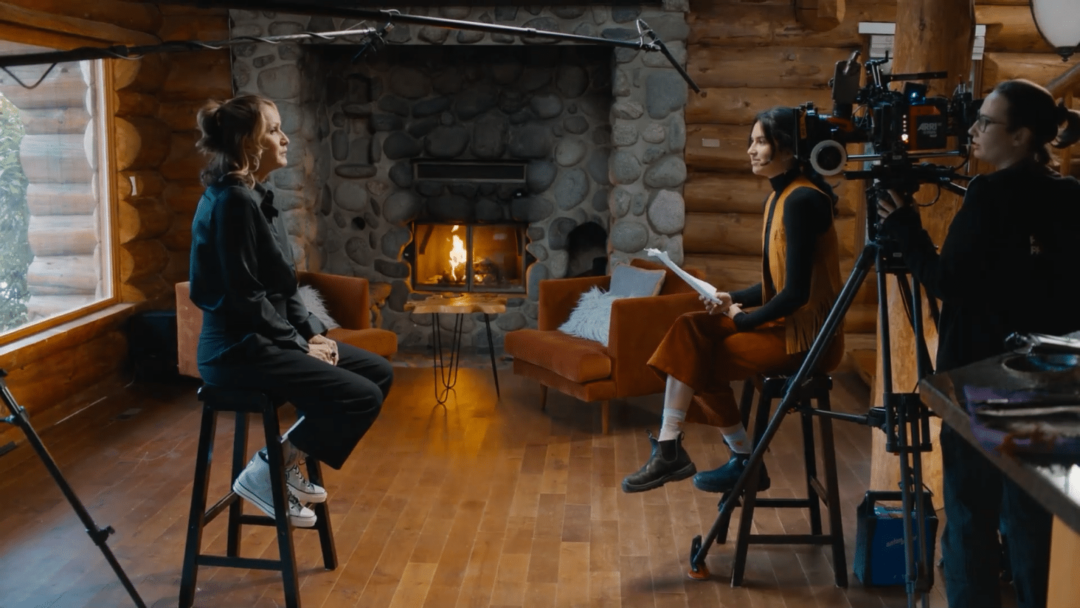
In the film director Jules Koostachin interviews other Indigenous women filmmakers and they discuss how the Indigenous community is represented in the film-making industry.
“It’s hard for a woman to work in the filmmaking industry, and as an Indigenous woman, it is even harder,” Monteiro says. “That’s the whole topic of the film, and we thought that it would be a really interesting and fascinating discussion.”
So Surreal: Behind The Masks will also have a discussion panel, for which KFS and Tkʼemlúps te Secwépemc collaborated to bring experts from the Secwépemc Museum and Heritage Park to talk about cultural reclamation, Abbott says. The documentary focuses on lost artifacts and how they find their way back to Indigenous communities.
On Sunday, Sept. 28 the Australian animation film The Lost Tiger will be showcased.
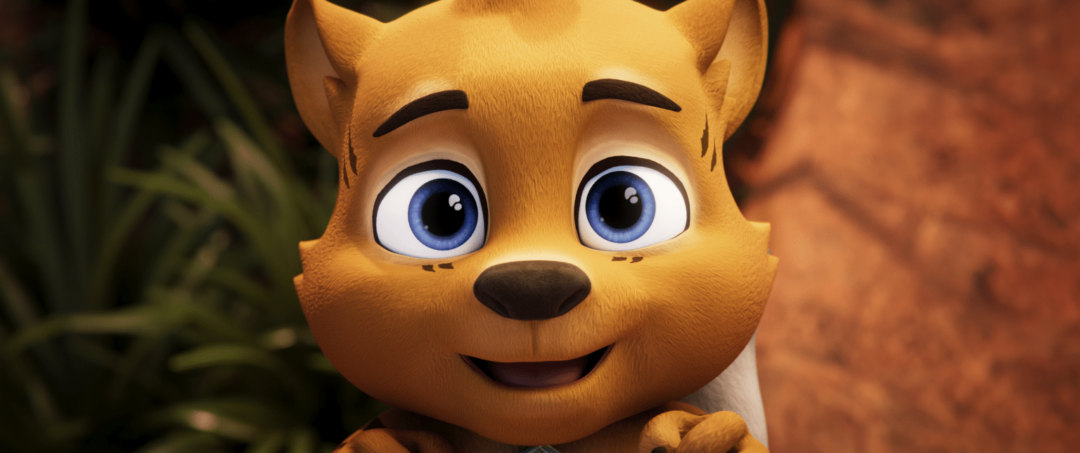
“It is also the first written and directed Australian film by an Indigenous woman. We’re going to make it a relaxing family screening,” Monteiro says.
The Lost Tiger was written and directed by Chantelle Murray, an Indigenous woman and Bardi filmmaker. The screening of the film will happen in the afternoon, which will have dimmed lights, lower audio and free entry for kids 12 and under.
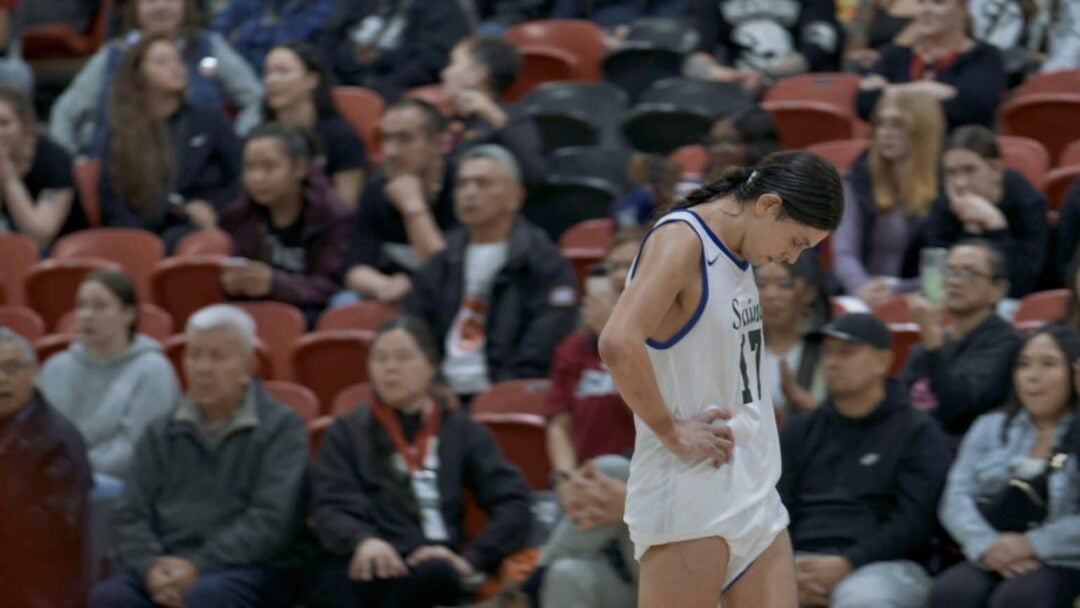
Saints and Warriors will be the closing film of the festival. It is a documentary by award-winning Haida filmmaker Patrick Shannon that has been shared throughout Canada.
“I love to see festivals happening in Kamloops and I am so thankful, appreciative and proud of our [festival] committee at the calibre we are continuing to work at.”
Shay Paul, Festival Committee Member
The film explores how basketball has become a symbol of resilience for First Nations, acknowledging how communities were once prohibited from holding traditional cultural gatherings.
There will be a post-film discussion with Shannon once the screening is done.
“I love to see festivals happening in Kamloops and I am so thankful, appreciative and proud of our [festival] committee at the calibre we are continuing to work at,” Paul says.
To wrap up the festival, JUNO Award-winning musician George Leach will perform in the closing night concert, along with an opening performance by Duane Marchand. Concert tickets are $30 in advance or $35 at the door.
Short film awards
The festival will also feature short films from other Indigenous communities around the world. The films will be playing in a loop so folks can enter and leave the screening freely.
Some of the short films featured include the Indigenous Without Borders Short Film Showcase on Saturday featuring I Am The Nature (Ecuador), Imillaskate: The Cholita Skaters of Bolivia (Bolivia), Let My People Go Skiing (USA), and Mawtini (My Homeland) (Canada).
“I sort of pushed the idea for us to have a bigger showcasing of short films, since most filmmakers start there,” Monteiro says.
The festival can be a platform for those filmmakers who want to showcase their work.
“We’re also giving them a voice and a channel,” Monteiro adds.
The short film section will have juried awards and they opened submissions from across Canada.
The Emerging Talent Short Film Showcase will have six up-and-coming Indigenous filmmakers from across Canada audiences will be invited to vote for the Audience Award.
“We received quite a few submissions. We are going to be jurying that and myself and the Indigenous Resurgence Project will be sponsoring an award specifically looking at narrative sovereignty in film,” Paul says.
This will be the first time the festival has done an open call for submissions and will do awards.
Artisan Market
This year will also feature an Indigenous artisan market in collaboration with the Thompson-Nicola Regional District civic building and the Kamloops downtown library. “This is our ongoing effort to support local Indigenous artists, entrepreneurs and small businesses by giving them a place and a platform to be involved in community events,” Paul says.
“Having an Indigenous artisan market tied into this festival is another way that we can showcase these local creatives.”
Shay Paul, Festival Committee Member
The film society was awarded some grants that have allowed them to have that programming and support.
“It is very integral that we are supporting Indigenous artists and creatives every step of the way of the festival. Having an Indigenous artisan market tied into this festival is another way that we can showcase these local creatives,” Paul says.
What to expect?
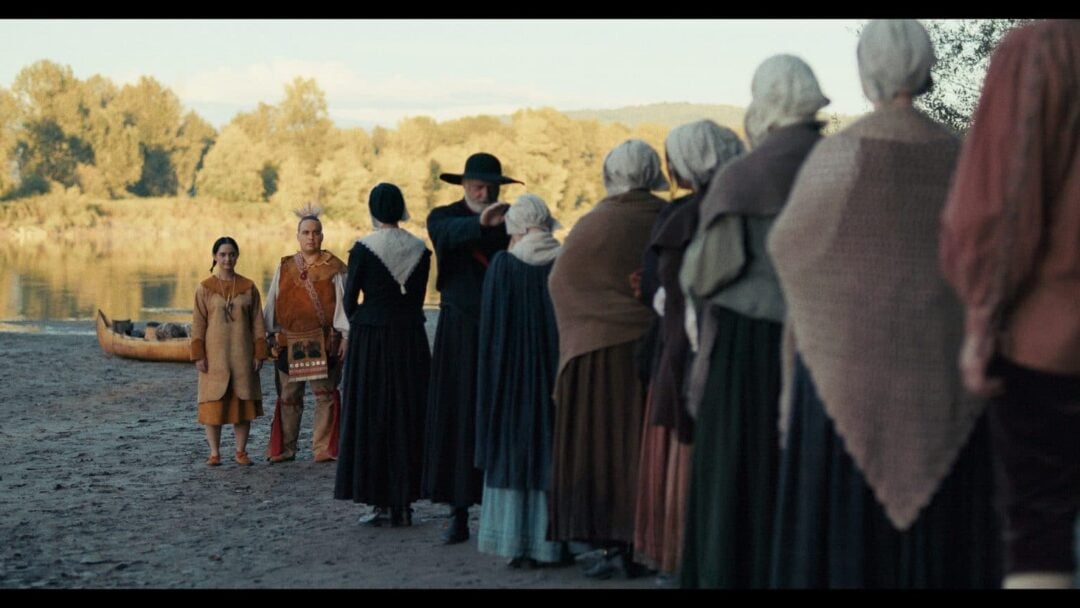
“This year, I’m really excited about some of our filmmaker guests. I think every year the festival grows, and the profile of the festival gets bigger,” Abbott shares.
Last year, the festival showcased the Oscar-nominated Sugarcane, and the committee is committed to bringing high-production films to Kamloops, Paul adds.
“That was a very powerful, very heavy film. So we definitely show documentaries that kind of talk about our past. This is definitely something that is very important for the Indigenous Festival Committee,” Abbott says.
The committee is focused on showcasing visual and narrative sovereignty, which allows the director, writer or the creative behind the project their own autonomy and voice to shine in the production, Paul explains. The directors are exploring themes that might not be mainstream or familiar to many people, but exercise their creative voice to the fullest.
“People can expect a very diverse program this year, we tried to come up with a programming that would suit most audiences.”
Ana Monteiro, Festival Producer
“I want to see the [festival] on the same scale as other film festivals.”
Paul has taken inspiration from the ImagiNative Film Festival in Toronto, which is an international Indigenous film festival. There is a lot of programming across Canada that showcases Indigenous voices in their film festivals.
“People can expect a very diverse program this year, we tried to come up with a programming that would suit most audiences,” Monteiro says. “The idea is also to include everyone from the community in this event.”




